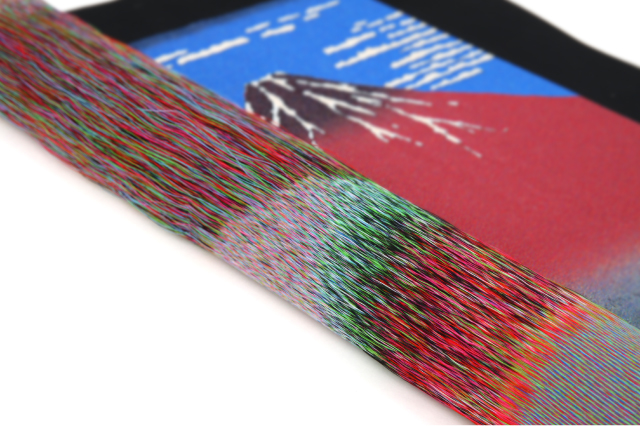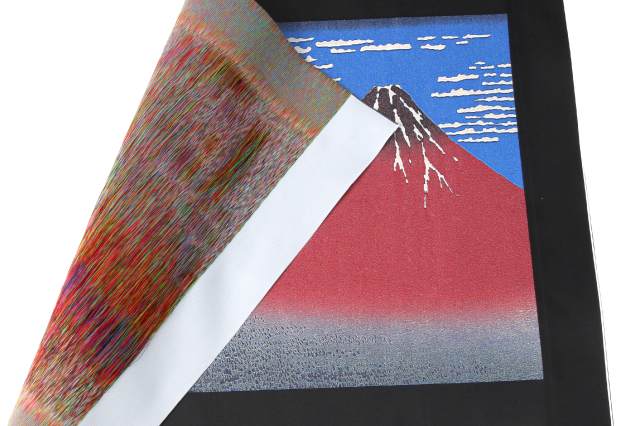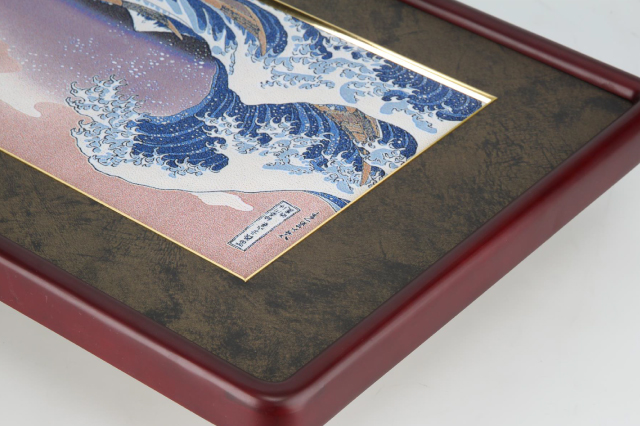
Who was Katsushika Hokusai?
Katsushika Hokusai (1760-1849) was an ukiyo-e painter who born in Edo (now Tokyo) on September 23, 1760 (Horai 10th) and lived in the middle to late Edo period (1603 – 1868).
He studied under the guidance of Katsukawa Shunsho, named himself Katsukawa Shunro, and published pictures of actors. Afterwards, he adopted the artistic styles of the Kano school, the Sumiyoshi school and western-style copperplate engraving. In his late thirties, he established his own artistic style and called himself Hokusai for the first time in 1797.
Hokusai, among many ukiyo-e painters, was a painter who represented an ukiyo-e painter having established himself as the first-class artist in many fields, while having changing his painting style in various ways during this seventy-plus-year artistic life, or the longest life among the ukiyo-e painters.
It is said that Hokusai had great influence over not only Japanese artists but also the European post-impressionists. He is internationally recognized today.
The scope of his paintings is broad, ranging from landscapes, flowers and birds, beautiful women, and caricatures. He left excellent works over a wide range of fields, such as colored woodblock prints, books printed woodblocks, and pictures painted by hand.
Although he was highly rated as an artist, he also seemed a little eccentric in his lifestyle, moving house 93 times in his whole life. He died on May 10, 1849 (Kaei 2nd) at the age of 90. His representative works include “Thirty-six Views of Mount Fuji” and “Collection of Sketches” (Hokusai Manga).
The Hokusai’s woodblock prints, “Thirty-six Views of Mount Fuji”, that ORI TOKYO presents now are his representative works that are still loved all over the world.
Katsushika Hokusai (1760-1849) was an ukiyo-e painter who born in Edo (now Tokyo) on September 23, 1760 (Horai 10th) and lived in the middle to late Edo period (1603 – 1868).
He studied under the guidance of Katsukawa Shunsho, named himself Katsukawa Shunro, and published pictures of actors. Afterwards, he adopted the artistic styles of the Kano school, the Sumiyoshi school and western-style copperplate engraving. In his late thirties, he established his own artistic style and called himself Hokusai for the first time in 1797.
Hokusai, among many ukiyo-e painters, was a painter who represented an ukiyo-e painter having established himself as the first-class artist in many fields, while having changing his painting style in various ways during this seventy-plus-year artistic life, or the longest life among the ukiyo-e painters.
It is said that Hokusai had great influence over not only Japanese artists but also the European post-impressionists. He is internationally recognized today.
The scope of his paintings is broad, ranging from landscapes, flowers and birds, beautiful women, and caricatures. He left excellent works over a wide range of fields, such as colored woodblock prints, books printed woodblocks, and pictures painted by hand.
Although he was highly rated as an artist, he also seemed a little eccentric in his lifestyle, moving house 93 times in his whole life. He died on May 10, 1849 (Kaei 2nd) at the age of 90. His representative works include “Thirty-six Views of Mount Fuji” and “Collection of Sketches” (Hokusai Manga).
The Hokusai’s woodblock prints, “Thirty-six Views of Mount Fuji”, that ORI TOKYO presents now are his representative works that are still loved all over the world.







